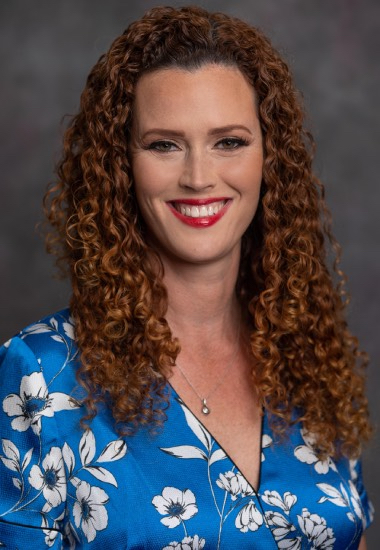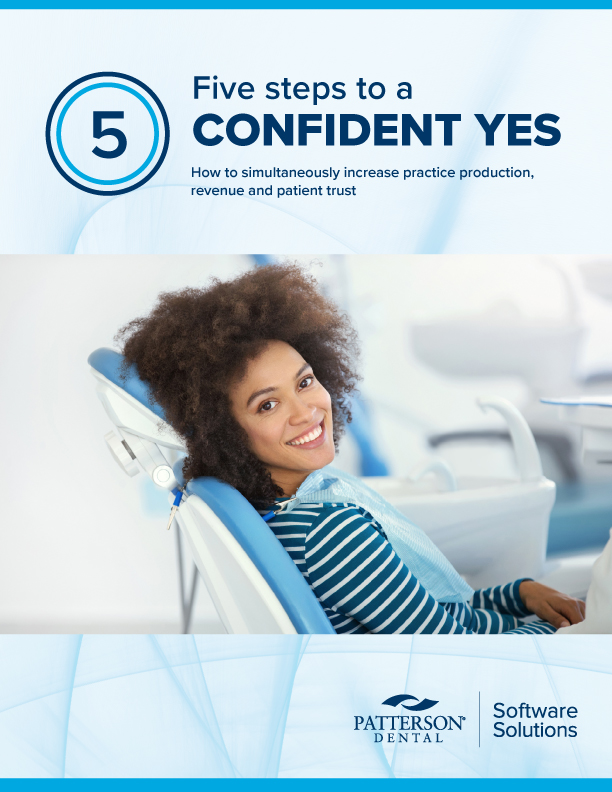Code Maintenance Committee approves four new CDT codes for sleep apnea
CDT Code changes go into effect Jan. 1, 2024

The Code Maintenance Committee at its March meeting approved four new codes that reflect ADA policy on the role of dentistry in the treatment of sleep apnea, along with 10 other additions and two revisions to the CDT Code that will go into effect on Jan. 1, 2024.
Dentists can and do play an essential role in the care of patients with sleep-related breathing disorders and are well-positioned to identify and treat patients at greater risk of those disorders, said Jessica Stilley-Mallah, D.M.D., committee chair and chair of the ADA Council on Dental Benefit Programs.
“As of January 1, 2024, there will be codes for sleep apnea procedures such as screenings and home sleep apnea tests, as well as fabrication, delivery and titration of oral appliance therapy devices,” Dr. Stilley-Mallah said. “These codes expand upon the current CDT codes for custom sleep apnea appliance delivery, adjustment and repair procedures.”
The CMC also approved a code for immunization counseling, which is described as a review of a patient’s vaccine and medical history and discussion of the vaccine benefits, risks and consequences of not obtaining it. This procedure may be reported for any type of vaccine, and also includes a discussion of questions and concerns the patient, family or caregiver may have and suggestions on where the patient can obtain the vaccine.
The council established the Code Maintenance Committee to ensure that all stakeholders have an active role in evaluating and voting on CDT Code changes. The CMC, which meets annually, is expected to arrive at decisions that are in the best interests of the profession, patients and third-party payers/administrators.
Other code additions approved at the March meeting concern the following procedures:
- 3D printing of a 3D dental surface scan.
- Band stabilization — per tooth.
- Excavation of a tooth resulting in the determination of non-restorability.
- Application of hydroxyapatite regeneration medicament — per tooth.
- Accessing and retorquing loose implant screw — per screw.
- Excisional biopsy of minor salivary glands.
- Indexing for osteotomy using dynamic robotic assisted or dynamic navigation.
- Fabrication and placement of a custom removable clear plastic temporary aesthetic appliance.
The CMC also approved clarifying revisions of two existing codes:
- D2335 resin-based composite restoration — four or more surfaces (anterior). The revision deleted mention of the incisal angle, which is not a tooth surface and caused coding confusion as well as claim preparation delays when dentists or practice staff contacted the ADA for clarification.
- D5876 add metal substructure to acrylic, full denture (per arch). The revision added a descriptor stating that this procedure involves addition of a metal substructure to strengthen the prosthesis.
Educational and reference information on CDT is available at ADA.org .



